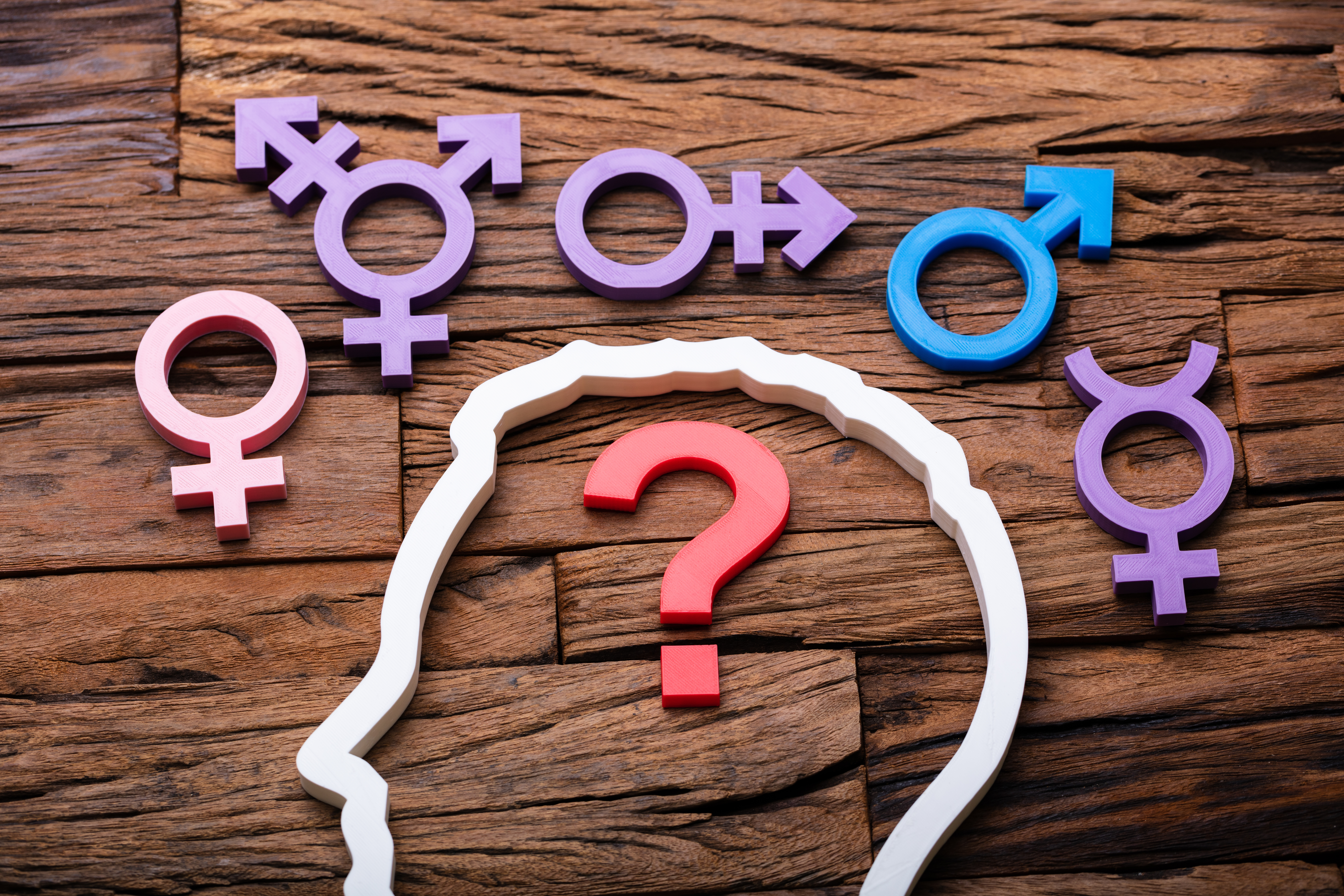Busting Five Myths of Gender Ideology
Scrutinizing the claims of gender ideology, it soon becomes apparent how incoherent they are. On the one hand, we’re told that men and women are the same — that the differences we observe in professional outcomes and sexual behavior are the result of sexist stereotyping. And yet, they are different; and men can really be women and women can really be men, by appropriating opposite-sex stereotypes.
For years, editors and journalists at the New York Times have been uninterested in skeptical views of transgenderism, dismissing them as bigotry. That’s beginning to change, as I write about in the forthcoming issue of the magazine. But whatever took them so long?
In 2018, when the Times was uncritically circulating transgender myths, we at National Review were battling the disinformation. And this is just one of many areas where NR has fought to be a voice of truth and reason. This week, and for this reason, we’re asking for our readers’ support — donations, of any amount — to help us continue this mission. Your contributions to these webathons, and of course your NRPlus subscriptions, help us do what we do.
Here are just some of the myths that we’ve busted so far.
MYTH 1: We All Have a ‘Gender Identity’
Gender-identity theory originated with clinical experiments in psychiatry and surgery in the latter half of the 20th century. Later, in the 1990s, this theory evolved into gender ideology under the influence of academic leftists. It entered the mainstream via the internet in the 2010s and, with the help of political activists and lobbyists, morphed into the modern transgender movement. In its current manifestation, gender-identity ideology holds that everyone has a “gender identity” — an inner sense of being male, female, or something else — which is distinct from sex and capable of overriding it.
In activist lingo, a person who accepts their anatomical sex is “cisgender” while a person who rejects their anatomical sex is “transgender.” Really, though, a person who rejects their anatomical sex (i.e., reality) is mentally disturbed — deserving of compassionate help — while a person who accepts their anatomical sex is not.
This is what Ray Blanchard, a sexologist, explained in 2019, during an interview with National Review. Blanchard considers “gender identity” to be an unhelpful concept for “normal people” since “cross-gender identity is a constant preoccupation with, and unhappiness about, the individual’s gender” and not, as activists claim, “a normal gender identity which has found itself lodged in the wrong body.”
MYTH 2: Puberty Blockers Are Safe and Fully Reversible
The website of Britain’s National Health Service, whose main gender youth clinic was closed earlier this year after an independent investigation confirmed concerns over patient safety, formerly read: “The effects of treatment with GnRH analogues [puberty blockers] are considered to be fully reversible, so treatment can usually be stopped at any time.”…..
*****
Continue reading this article at National Review.



